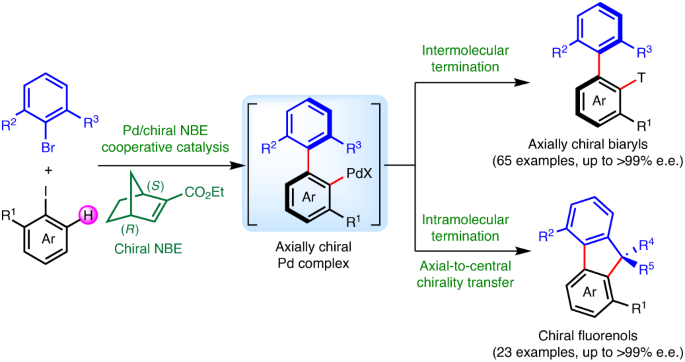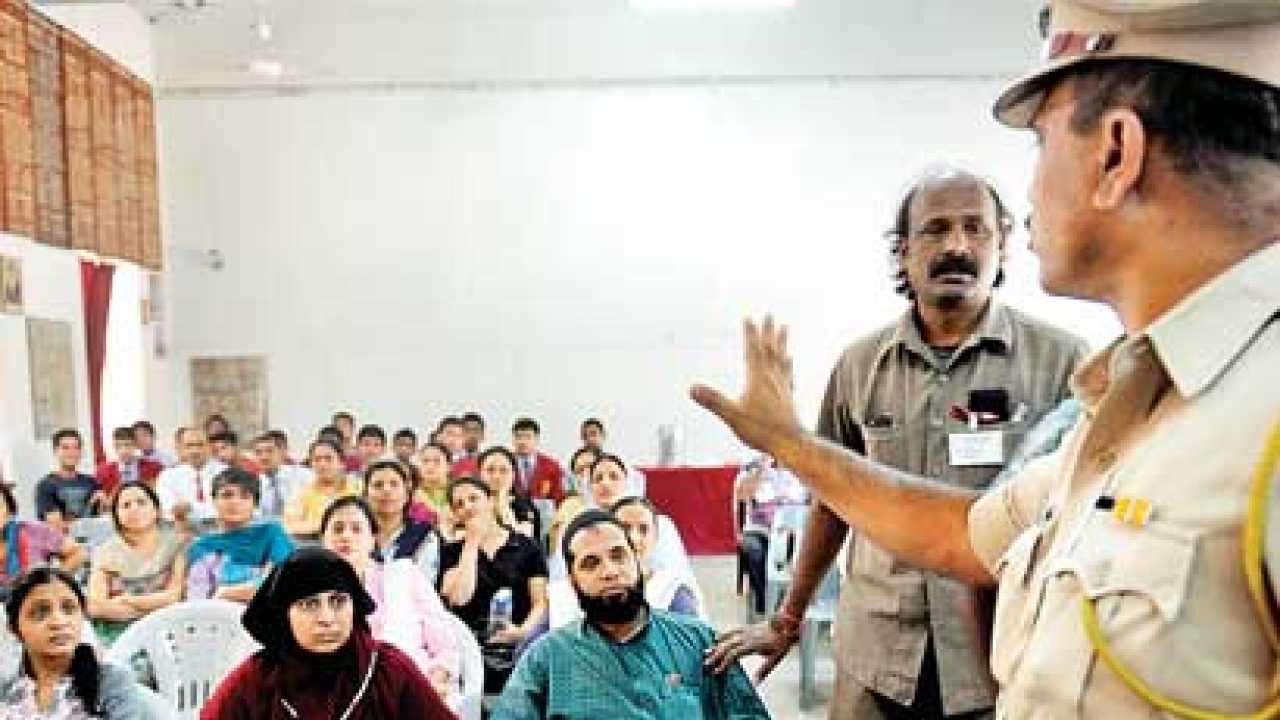
- Select a language for the TTS:
- UK English Female
- UK English Male
- US English Female
- US English Male
- Australian Female
- Australian Male
- Language selected: (auto detect) - EN
Play all audios:
Growing grapes is green. Even the Nazis understood this. The sort of land designated for planting vines is essentially the kind of place that would be pretty well useless for anything else.
Here in Britain where we are just taking our first steps in making quality wine, we might have to steal a few south facing chalk downs from the sheep, as you cross the water and proceed
south, you borrow your pastures from goats: as arable land, steep terraces are only good for vines and olives. The only problem is… They are expensive to work. In France there are precious
few vineyards that don’t date back to late Roman times. In the ‘Midi’ – the south – the only suitable place I can think of that has no obvious past is the Pic Saint Loup, north of
Montpellier. That was snatched from the sheep about thirty years ago and has more than proved its worth in wine. When times were good and people of all social types drank copious quantities
of wine, vineyards spilled out into the plains, however, often taking with them land that might have been better used for corn, fruit or grazing. This was generally caused by demand, and
excessive demand seldom results in anything good. In other instances the culprit was Phylloxera and the various wine blights of the nineteenth century: after the aphid devastated Europe’s
vineyards, desperate growers chose the easiest option, and planted the flatlands rather than the slopes. In many parts of Europe you can still see ‘mortuary’ terraces (as the Portuguese call
them) that remain wasteland 150 years after they were struck dead by disease. Surges in popularity accounted for some of the plantings made in flat, north-facing sites in the Mosel Valley
in the sixties, but more importantly, a century before, demand in the industrial north of France created the controversial vineyards on the flatlands behind the littoral in the
Languedoc-Roussillon. With the arrival of the railways, Parisian workers were no longer obliged to drink the weedier wines of the Loire or worse. Dark, staining reds with a good measure of
alcohol could be brought up from the south and bottled in the warehouses in Bercy for dissemination though the ‘zincs’ or bars of Paris. Plentiful yields using modern hybrids on the plains
and relatively easy vineyard management made for decent profit margins. The same demand from France and its colonies created the vineyards in Algeria and elsewhere in North Africa. These
wines were reputedly very good, but they have been largely grubbed up since independence, now that most of the population forswears alcohol. The great thirst has now been slaked. When I used
to work in Parisian factories as a student, red-faced codgers arrived at work with three litres of wine in their bags. The first one was demolished by 9 a.m. Nowadays the French proletariat
scarcely drinks wine, which has become a solidly middle-class beverage consumed in moderation when guests come to dinner. The Midi has had to adapt to preserve its vineyards. That was not a
problem for the south-facing slopes. Red wines, constructed from a cocktail of Grenache Noir, Syrah and Mourvèdre Cinsault or Carignan and small number of successful whites made using
heat-friendly varieties have made appellations like Cabardès, Corbières, the Coteaux de Languedoc, the various villages of the Côtes de Roussillon, Faugères, Fitou, La Clape, Minervois and
Saint Chinian highly-prised wines for discerning drinkers. The problem was what to do with the flatland wines. A number of foreign firms moved in at first and tried to play the varietal
card, but very few of the wines had enough gravitas to succeed. Their only virtue was competitive pricing that pandered to the supermarkets. Many people inwardly believe that the land would
be better served by planting fruit trees. Foreigners have not ceased to invest in the region. Domaine Gayda is a collaboration between Tim Ford, a Briton who used to grow roses in Zimbawe,
a South African, Anthony Record and the French winemaker Vincent Chansault who came together in Cape Town in 2003. Record had purchased a farmhouse at Brugairolles in the Limoux and the
three of them decided to turn it into a model estate. Chansault is from the Loire, which may well explain why he is so successful in making crisp, sappy white wines in the hottest part of
France. The original 12 hectares has now been extended by savvy purchases in the Minervois, the Fenouillèdes and Latour-de-France. The estate makes twenty-one red, white and rosé wines. It
is important that Domaine Gayda decided not to proceed on the arrogant assumption that they would make new world style wines that would be superior to the indigenous model. They have also
embraced organic farming. They do, however, use atypical grape varieties for their whites. As I said, these are hugely appealing, I am only sorry that I can’t locate a source for the
wonderful 2017 Figure Libre Chenin Blanc. On the other hand the T’Air Sauvignon Blanc is available from Kwoff a wine in which that ‘brassy’ style that pervades new world Sauvignon is
mercifully absent. Among the reds, the big, juicy 2016 Chemin de Moscou is also available , a blend of Syrah, Grenache and Cinsault. The estate’s top wine is the Minervois Villa Mon Rêve.
It is a 100% Syrah wine that comes with a hefty price-tag but Chansault lavishes a great deal of attention on it, and after I’d tasted the young wine ageing in nine different vessels it
became clear to me that we were dealing with a very serious beast indeed.





